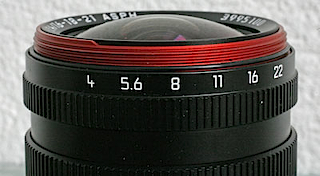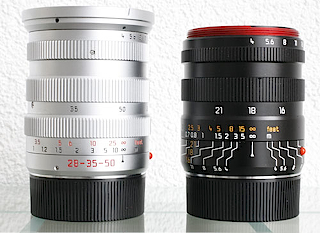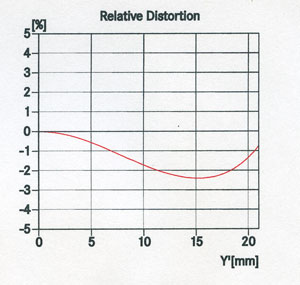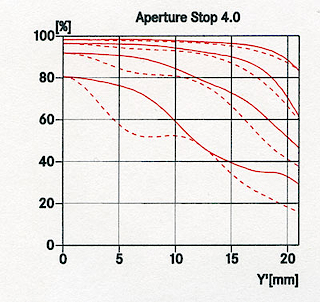Kijk op het fotografisch universum door Erwin Puts

- © 2005-2020 Erwin Puts Contact Me 0

 The new Tri-Elmar has three focal lengths of 16, 18 and 21mm with a constant aperture of f/4. It is extremely compact and operates with silk-smooth precision. Optically it is quite impressive: a 16mm in such a small size is an optical and engineering feat of some importance. The lens now has a linear movement, which simplifies the design somewhat, but the addition of internal focusing adds complexity. It is obvious that much thinking has been done to finalize this lens design. Ten elements in six groups are required to deliver the required optical performance and for an M lens this is a large number of elements.
The new Tri-Elmar has three focal lengths of 16, 18 and 21mm with a constant aperture of f/4. It is extremely compact and operates with silk-smooth precision. Optically it is quite impressive: a 16mm in such a small size is an optical and engineering feat of some importance. The lens now has a linear movement, which simplifies the design somewhat, but the addition of internal focusing adds complexity. It is obvious that much thinking has been done to finalize this lens design. Ten elements in six groups are required to deliver the required optical performance and for an M lens this is a large number of elements.

